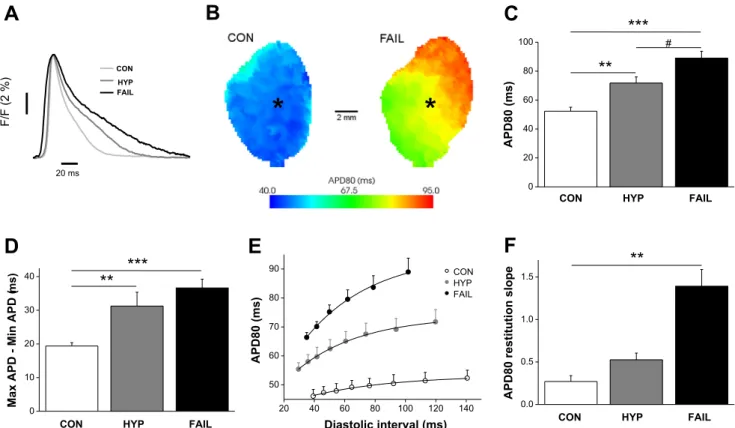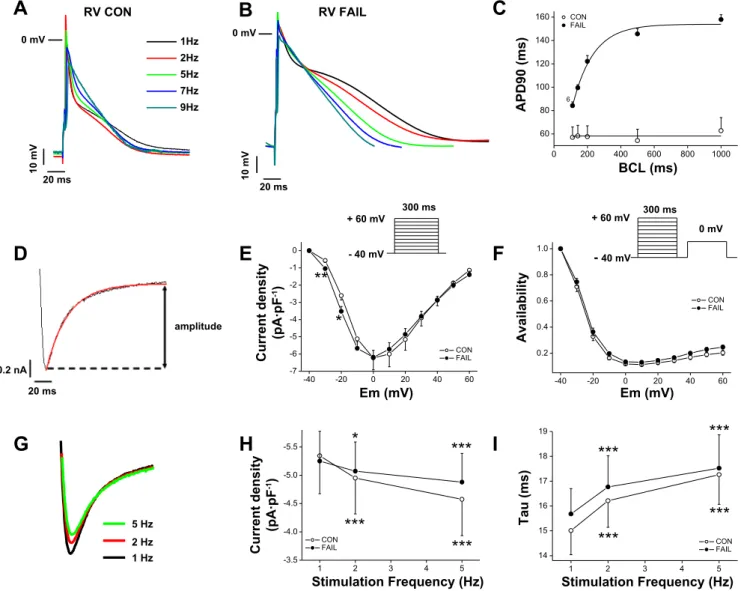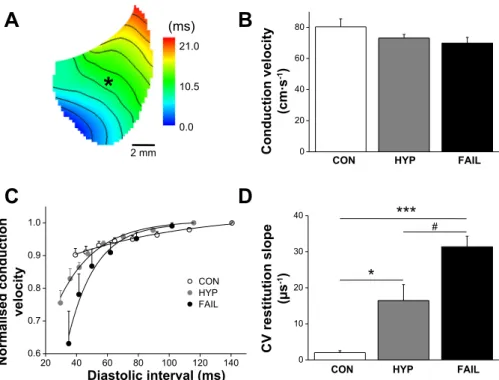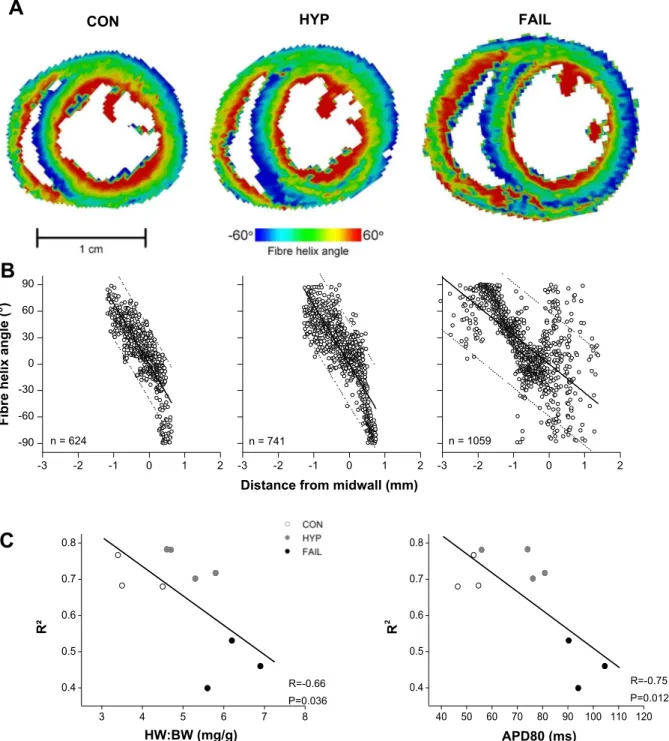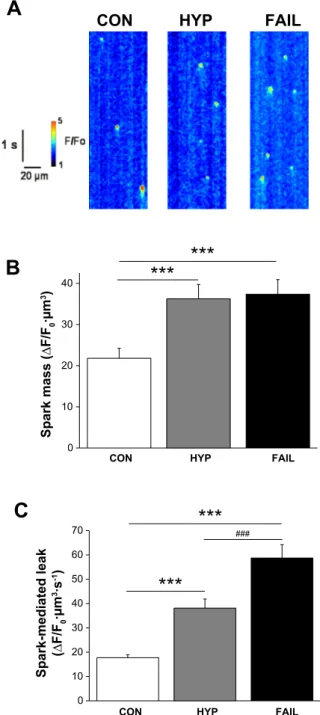Cardiac arrhythmia mechanisms in rats with heart failure induced by pulmonary hypertension
Texte intégral
Figure
![Fig. 1. Echocardiographic images of control (CON) and monocrotaline (MCT)-treated [right ventricular (RV) failing (FAIL)] ani-mals](https://thumb-eu.123doks.com/thumbv2/123doknet/14641514.549393/3.892.306.829.769.1145/echocardiographic-images-control-monocrotaline-treated-right-ventricular-failing.webp)
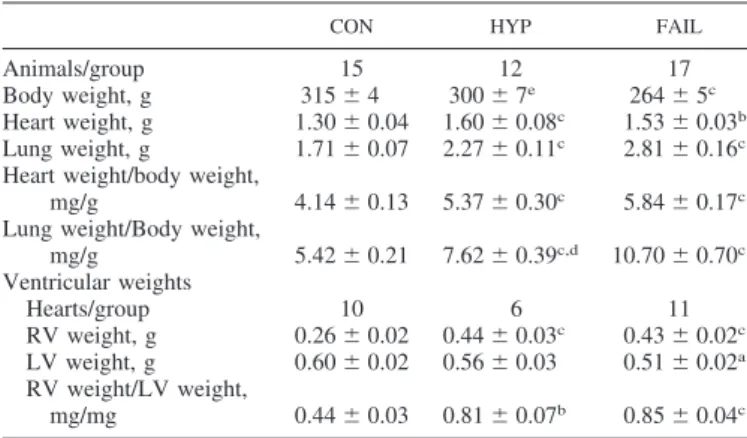
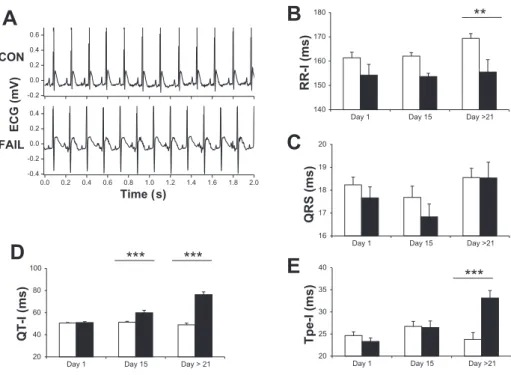
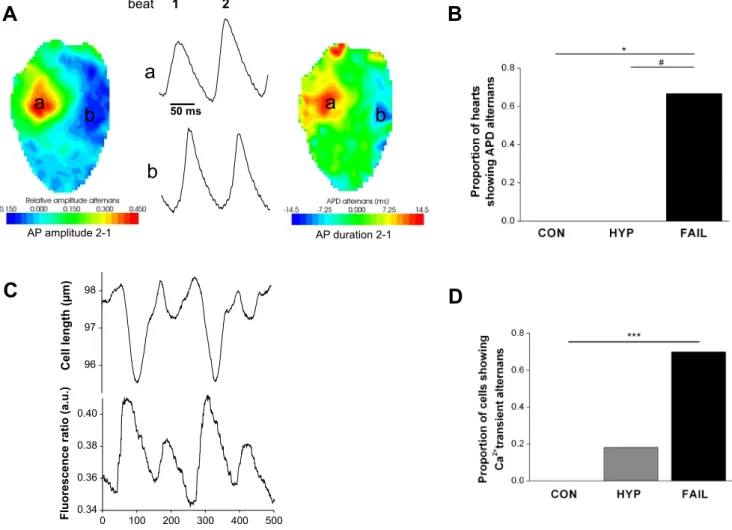
Documents relatifs
Il faut dire que tous les meubles avaient une histoire particulière et qu’ils avaient été les témoins attentifs de nombreuses scènes s’étant déroulées dans
4 Nanoindentation results showing indentation modulus or reduced elastic modulus of pulp fibre cell walls and epoxy resin (HWUB hardwood unbleached, HWB hardwood bleached, SWUB
Aerial movie making is much more frequent with private than with public drone users (24%, against 3%), whereas both user categories deploy drones for purposes of
In conclusion, chronic exposure to CO levels consistent with environmental air pollution promotes moderate cardiac dys- function in vivo in healthy rats.. However, serious
SUBJECT SECOND VISIT TO BUDGET RESEARCH HOUSE, PRESTON p ONTARIO.. On 27 November 1958 p a second visit was paid to
Although no data was available on the race of the owners or managers of the firms assisted during the two phases of the Economic Development Loan program,
Over time viability (a, b) and daily growth rate (c, d) of two primary cell cultures,
Singlet oxygen detections using the SOSG probe have been done on 3- week-old MS-grown Arabidopsis thaliana plantlets subjected to sub- sequent treatment (12, 24, 48 or 72 hours) with
